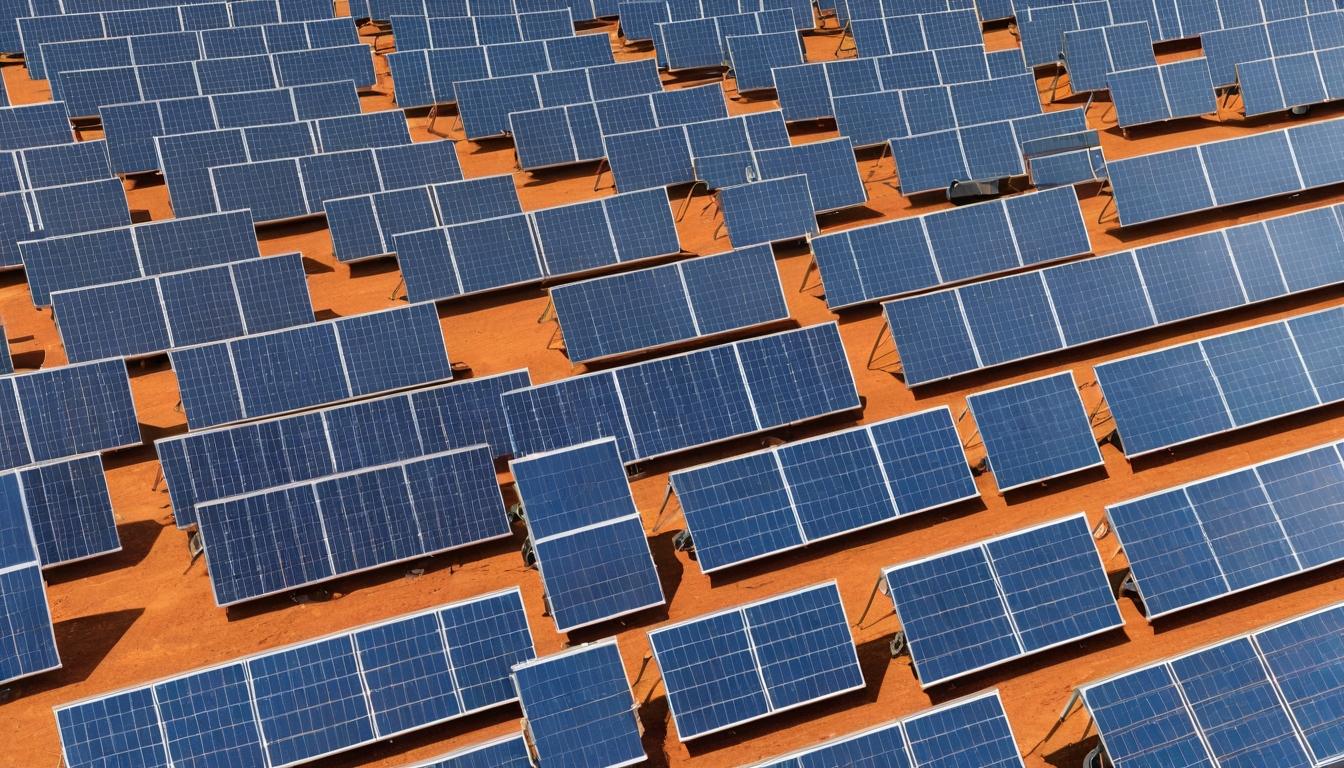The solar panels on your neighbor's roof tell only part of the story. While homeowners celebrate their shrinking electricity bills, a much larger transformation is brewing behind the scenes—one that will fundamentally reshape how we power our lives. The quiet hum of inverters converting sunlight into usable energy masks the seismic shifts occurring across the entire energy landscape.
Manufacturing breakthroughs are arriving faster than most consumers realize. While conventional silicon panels still dominate the market, next-generation technologies are quietly moving from laboratory curiosities to commercial reality. Perovskite solar cells, once dismissed as too unstable for real-world use, have suddenly achieved durability milestones that shocked even the researchers developing them. These thin, flexible panels can be printed like newspaper and applied to surfaces that would never support traditional rigid panels.
Meanwhile, the recycling question that nobody wanted to address is becoming impossible to ignore. With the first massive wave of solar panel retirements expected within this decade, the industry faces a critical test of its environmental credentials. Early solar installations are now reaching the end of their 25-30 year lifespans, creating a potential waste management crisis—or a remarkable opportunity. Innovative companies are developing processes to recover over 95% of panel materials, turning what was once destined for landfills into valuable resources for new panels.
The battery storage revolution is changing the fundamental economics of solar power. For years, the biggest limitation of residential solar was its intermittency—the sun doesn't always shine when you need electricity. But the dramatic cost reductions in lithium-ion batteries, combined with emerging technologies like flow batteries and thermal storage, are solving this problem faster than grid operators anticipated. Homeowners who once exported excess power to the grid for minimal compensation can now store it for their own use during peak hours when electricity prices skyrocket.
Community solar is quietly democratizing access to clean energy. For the millions of Americans who rent their homes, live in apartments, or have shaded roofs, traditional solar installations were never an option. Shared solar projects are changing that equation, allowing multiple households to subscribe to a single large-scale solar array located elsewhere in their community. This model eliminates upfront costs while providing the same bill savings as rooftop systems—and it's expanding rapidly across states with supportive policies.
The interconnection backlog has become the solar industry's invisible bottleneck. As solar adoption accelerates, the process of connecting new systems to the grid has become increasingly congested. Utilities across the country are struggling with overwhelmed interconnection queues, sometimes delaying projects by years. This bureaucratic logjam threatens to slow the clean energy transition just when momentum should be building, highlighting the urgent need for grid modernization and streamlined approval processes.
Solar panel aesthetics are undergoing a quiet revolution. The familiar blue-black rectangles that define most rooftop installations are giving way to integrated designs that blend seamlessly with building materials. Solar shingles that look identical to conventional roofing, transparent solar windows that generate power while letting light through, and even solar facades that turn entire building exteriors into power generators are moving from concept to reality. These innovations address one of the last remaining barriers to solar adoption: the resistance from homeowners who don't want to alter their home's appearance.
The workforce transformation behind the solar boom tells a story of economic opportunity and adaptation. As solar installation becomes one of America's fastest-growing occupations, the industry faces both challenges and opportunities in workforce development. The need for skilled electricians, engineers, and project managers is creating well-paying jobs across the country, but training programs struggle to keep pace with demand. Meanwhile, traditional energy workers from declining fossil fuel industries are finding new careers in solar, bringing valuable experience to the clean energy transition.
International trade policies continue to shape the solar landscape in ways most consumers never see. Tariffs, import restrictions, and manufacturing subsidies create a complex web of regulations that determine which panels end up on American roofs and at what price. The tension between supporting domestic manufacturing and maintaining affordable solar access creates ongoing policy debates that ripple through the entire supply chain, affecting everything from raw material sourcing to final installation costs.
The digitalization of solar energy management is creating smarter, more efficient systems. Advanced monitoring platforms now provide real-time insights into system performance, while artificial intelligence algorithms optimize energy production and consumption patterns. These digital tools not only maximize the financial returns from solar investments but also help integrate distributed energy resources into the broader grid, creating a more resilient and responsive energy system for everyone.
What emerges from these interconnected developments is a picture of an industry in rapid evolution—one where technological innovation, policy decisions, and consumer behavior are converging to create an energy future that looks radically different from the past. The solar panels themselves are becoming just one component in a sophisticated ecosystem that includes storage, management software, and new business models. Understanding these broader trends is essential for anyone considering solar—not just to make an informed decision today, but to anticipate how their investment will perform in the energy system of tomorrow.
The solar panel revolution: what your installer isn't telling you about the coming energy transformation

